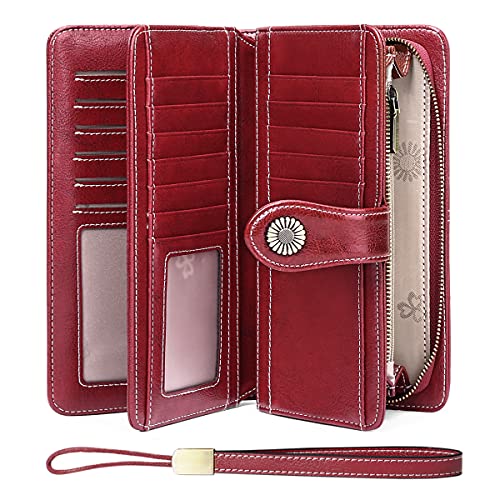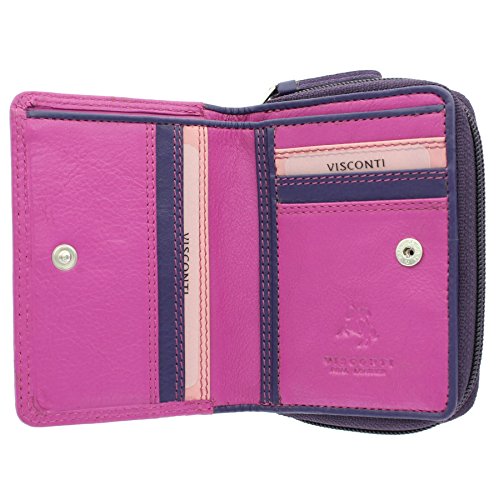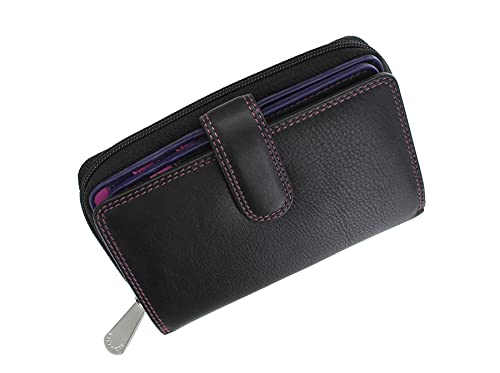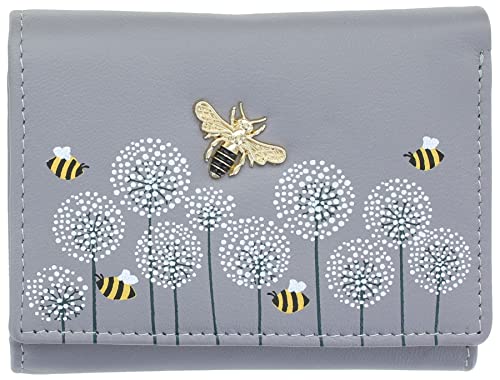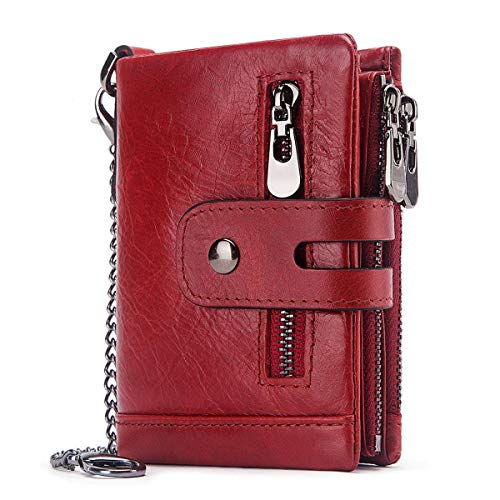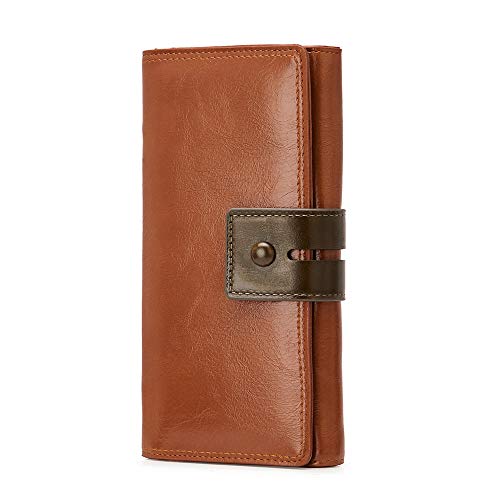Purses: A Tapestry of Time, Tradition, and Trends
Purses, those compact carriers that accompany us through daily errands, special occasions, and everything in between, have a story that interweaves centuries, cultures, and fashions. While on the surface they may appear merely functional, a closer inspection reveals a rich tapestry of history, symbolism, and evolving design philosophy.
Ancient Beginnings
The concept of the purse is as old as human civilization itself. Ancient relics and wall paintings from Egypt, Mesopotamia, and Greece show men and women using pouches or small bags attached to their belts to carry coins, herbs, or other valuable items. These pouches, primarily functional, were often adorned with symbols or made from precious materials, hinting at the owner's status or profession.
Medieval Moments and Renaissance Revelations
During the medieval era, pouches or purses known as 'girdle bags' were suspended from belts and became an essential accessory for both men and women. They held coins, keys, and sometimes even small tools or weapons. By the Renaissance, as fashion became more elaborate and pockets less common in women's clothing, the purse transitioned from a unisex item to a predominantly female accessory.
Victorian Elegance and Industrial Evolution
The Victorian era saw the rise of the handbag as a status symbol. Made from luxurious fabrics and adorned with intricate embroideries or beadwork, purses became smaller and more decorative. However, the Industrial Revolution also ushered in mass production, making purses accessible to a broader audience. The variety in designs, materials, and price points began to surge.
The 20th Century: Purses as Fashion Statements
The two World Wars brought about significant societal and fashion changes. With women stepping into roles outside their homes, the need for functional yet stylish purses grew. Iconic fashion houses like Chanel, Hermès, and Louis Vuitton introduced designs that are coveted even today.
The latter half of the century saw a boom in fashion-forward designs. Purses were no longer just carriers; they became an expression of individuality, taste, and often, rebellion.
Modern Purses: Diversity and Conscious Choices
Today, the world of purses is as diverse as the global population:
-
Design Dynamics: From minimalist designs to boho-chic, from oversized totes to micro purses, there's a design for every taste.
-
Material Innovations: While leather remains classic, materials like vegan leather, canvas, nylon, and even recycled materials are gaining popularity.
-
Tech Integration: Many purses now come with built-in compartments for gadgets, RFID protection pockets, or even USB charging ports.
-
Sustainability and Ethical Production: The 21st-century consumer is often conscious of their environmental and social footprint. This consciousness has led to a rise in eco-friendly, ethically produced, or artisanal purses.
-
Customization: Many brands now offer bespoke services, allowing customers to choose colors, materials, and even monograms or inscriptions, making each purse a unique piece.
Cultural Significance and Empowerment
Throughout history, the purse has also been a symbol of women's independence. From a place to store one's earnings to a symbol of personal style, it's been both a functional item and a statement piece. In many cultures, a purse gifted to a young girl symbolizes her transition to womanhood.
